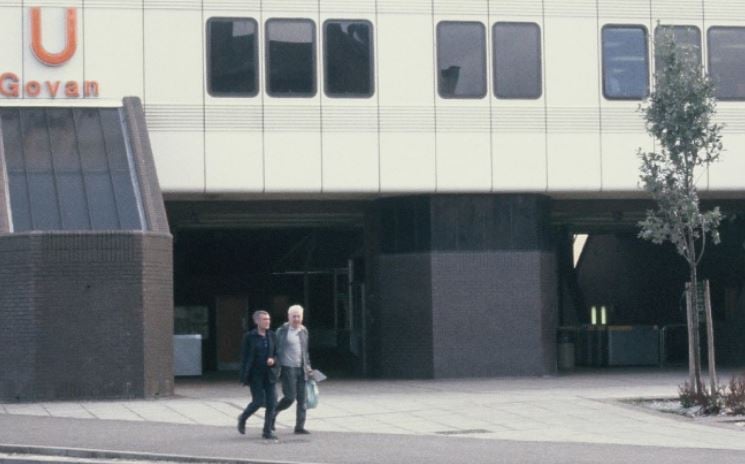Today we're looking at Govan back in time - one of Glasgow's proudest and oldest districts in the south-west of the city.
Govan dates all the way back to the early medieval period, when it's thought that the Govan Old Churchyard was established for the Kingdom of Alt Clut - who were the masters of Dumbarton Rock - and then its successor progeny, the Kingdom of Strathclyde.
After its time as a religious centre, Govan became a hub for industry, even before the days of shipbuilding and heavy industry on the Clyde they would link up with Partick to drove cattle, as well as establishing several textile mills and coal mines. It wasn't until the early 19th century that the first shipyards were built. Govan was still independent from Glasgow at this time, becoming its own burgh in 1864 (it was the fifth largest burgh in Scotland at this time) before being swallowed up by Glasgow in 1912, just over 100 years ago.
Govan was hit hard by Thatcher-era privatisation of the shipbuilding industry, although the hard-tempered good folks of Govan pulled through - and now today we're seeing a quasi-renaissance in the district, with the re-instatement of the old Govan Graving Docks to be redeveloped into accommodation and Dock 1 being used as a site to restore old historic ships.
We can even see the last bastion of Clydebuilt industry in Govan, with BAE Systems upscaling their work dramatically in Govan over the last few years.
Below we look at the history of Govan over the last 100 years, showcasing industry, people, and how much the place has changed since then.

1. Glasgow in 1971
Shipyard workers outside the gates of the Govan division of the Upper Clyde Shipbuilders in June 1971. Photo: TSPL

2. Govan Subway
An early image of Govan Subway station taken in the 70s/80s.

3. Govan Vehicular Ferry
The Govan ferry was one of the oldest routes crossing the River Clyde. By 1900 it was a vehicular ferry, but this was withdrawn in 1965 after the opening of the Clyde Tunnel. A low level passenger ferry on the same route closed the following year.

4. Govan in the 90s in Trainspotting
The scene shot in Trainspotting where Renton overdoses in Mother Superior's flat was shot in Teucharhill in Govan - much of the scheme was in the process of being demolished when the scene was shot in the early 90s.
